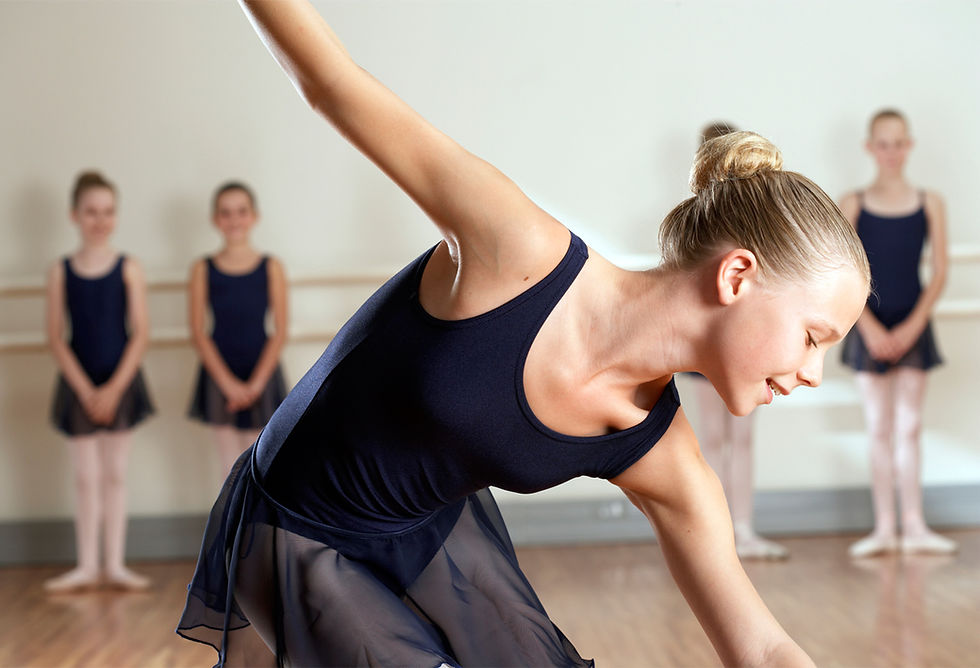Feminism in the cult of fragility
- girluparya
- Jul 20, 2021
- 2 min read
Updated: Oct 15, 2021
by:- Kanishka
"Sorry, there is no such thing as equality in ballet: women dance on point, men lift and support women. Women receive flowers, men escort women offstage, not the other way around (I know there are a couple of exceptions). and I am very comfortable with that."
- Alexei Ratmansky

This is ballet and given above is the archetypal specimen of aesthetic principle of this classical dance form. Danseuses have historically been considered muses to be seen and not heard, to perform but not lead. Saying you are a ballerina and then saying you are a feminist will might seem like an oxymoron. There must be many ballerinos out there who would like to be a ballerina instead of the lifting and double-touring counterpart. As there are young ballerinas who averse pointe shoes and have the ability to jump high and turn exquisitely.
The classical narrative ballets as you will notice are completely sexist and venerates ‘tradition’ i.e. patriarchal glory. Will an art form that exalts non-equity among sexes and cleaves to the traditionally designated dance roles address the growing call for LGBT inclusivity?
The modern ballet world was introduced by Anna Pavlova. She began and continued her career during a time when the word “feminism” did not exist; when ballerinas' bodies were exploited and ballet was severely sexist. Although she independently left the Imperial Ballet and performed movement with a very personalized, specific style, Pavlova was not considered a “feminist.” Through her movement, the establishment of her own company and school, and reviews and articles about Pavlova both pre- and post-death, it is clear that she was not only a sensation around the world, but also a leader and pioneer of her time. Pavlova rejected the idea that the ballerina was controlled by her partner’s guidance, his ability to manipulate her, and the audience’s commodification of her body.
Then came Martha Graham, a troublemaker. She depicted sex so unsparingly that her “Phaedra” was denounced in Congress as obscene. She refused to represent America at the Olympic Arts Festival in Berlin in 1936 because it meant dignifying the regime of Adolf Hitler. She gave artists of color prominence in her company during a period when they were seen as “exotics"--or not at all. Today, when ballet companies regularly turn to modern dance for transfusions of creative energy, it’s nearly impossible to appreciate how threatening Graham, who died Monday at 96, seemed to a classical Establishment obsessed with the cult of the beautiful. Graham never hated ballet per se--indeed, she championed the works of Antony Tudor when he came to America--but she knew that conventional ballet aesthetics reinforced an unreal, man-made view of women that suited neither her nor any of her contemporaries. Carved from her own body, Graham’s technique offered a concept of female identity rooted in the earth, centered in the solar plexus and energized during the primal act of contraction: all experience and feeling pulled deep inside. The technique soon embraced expressions of maleness and virtuosity but its essential accomplishment remains the definition of woman as someone connected to processes of nature both outside and within her.
These two women started a rebellion and with the coming changes in the world we need more dancers and revolutionaries who can engender feminism and form an inclusive classical world for ballet.



Comments